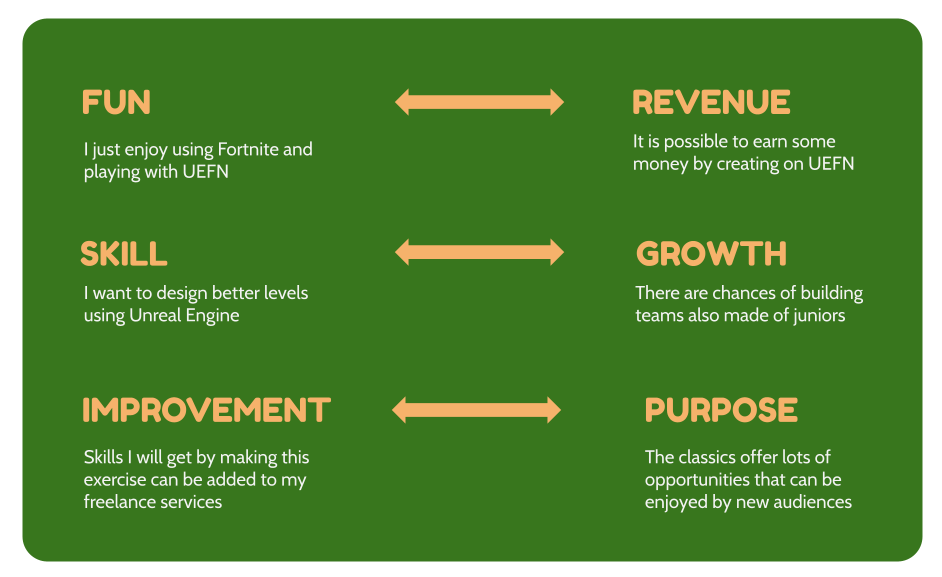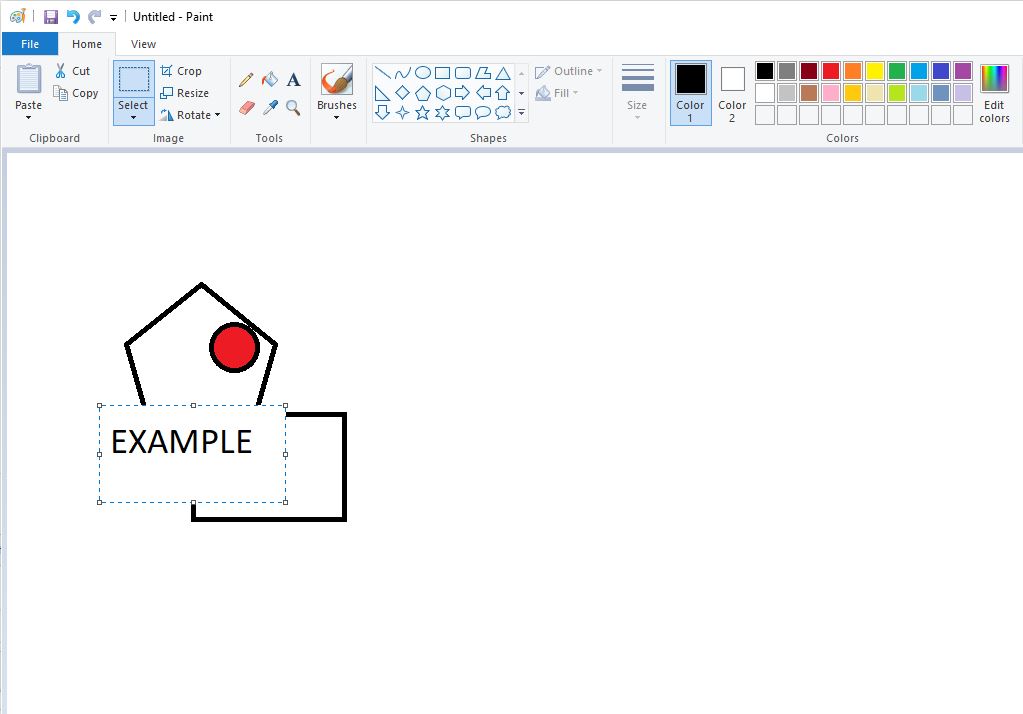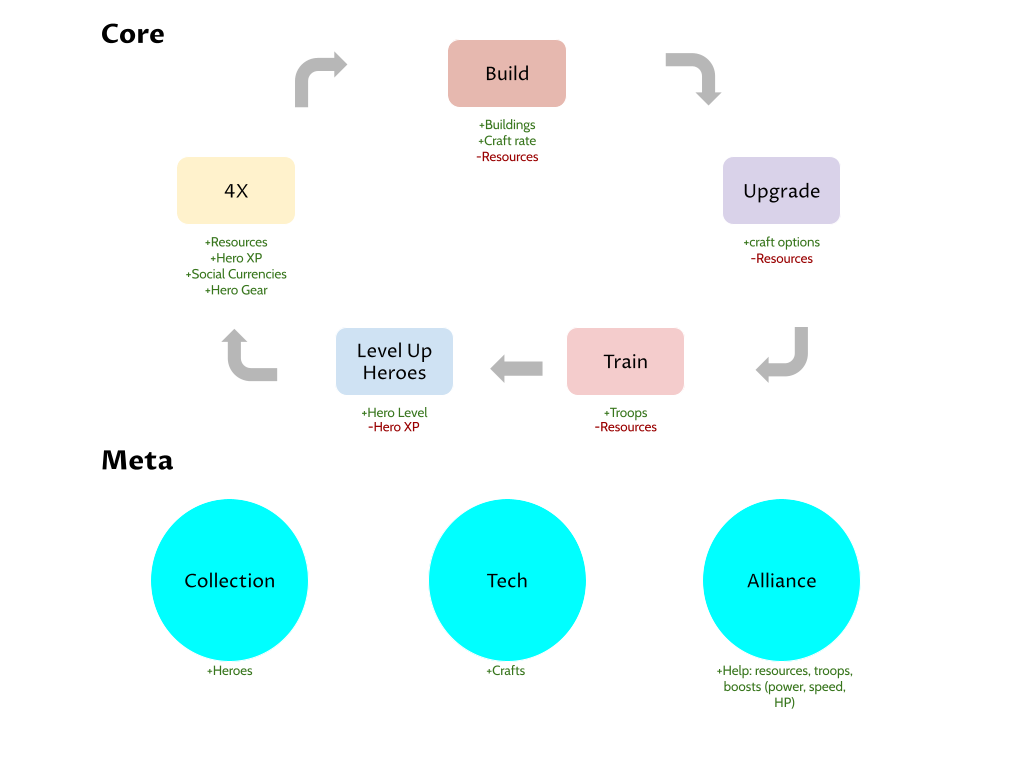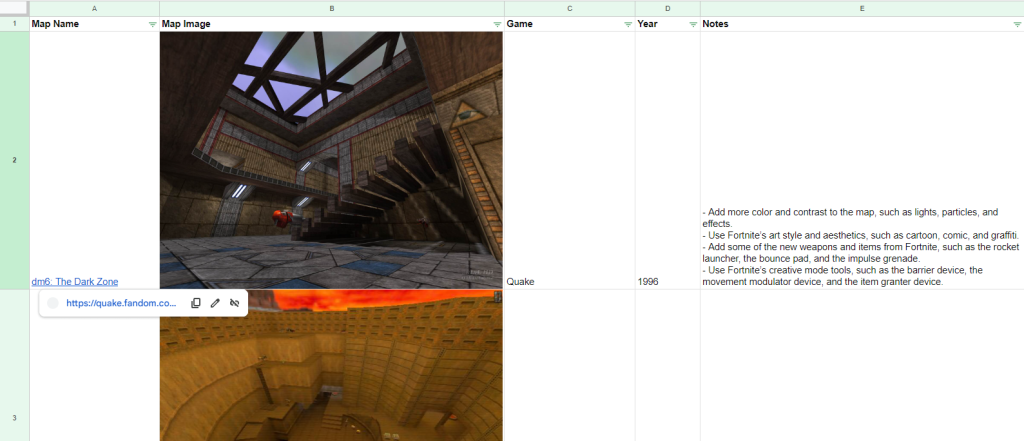The recent news in the games industry comes with a bunch of social actions that are unprofessional. In this post, I would like to point those out (without saying names, of course).
The first thing is using bad words and cursing while posting about something. It doesn’t make you feel smarter, also if your content can be more viral. Believe me.
The second behavior is to speak regarding something you don’t know. “Company X laid off YYYY people, shame on you!”. Why are you doing that? Do you really know why it happened? No, you don’t.
The third issue is with people sharing WIP projects on social. Finish things, and show what you are proud of. It’s OK to share that you are working on something if you are looking for help, but it’s not OK to show something incomplete hoping that someone will hire you.
Last thing, we all like humor and cynicism but if you are constantly posting just that you are not putting yourself in a good light. You can look smart and experienced at the start, but then it’s tiring.
Do this instead
- Try to evolve your communication style and channels
- Analyze what you post and the results you have
- Speak always politely, be always gentle
(I wish I could follow these things myself. Unfortunately, it’s not always possible because of the context and design of certain platforms)



